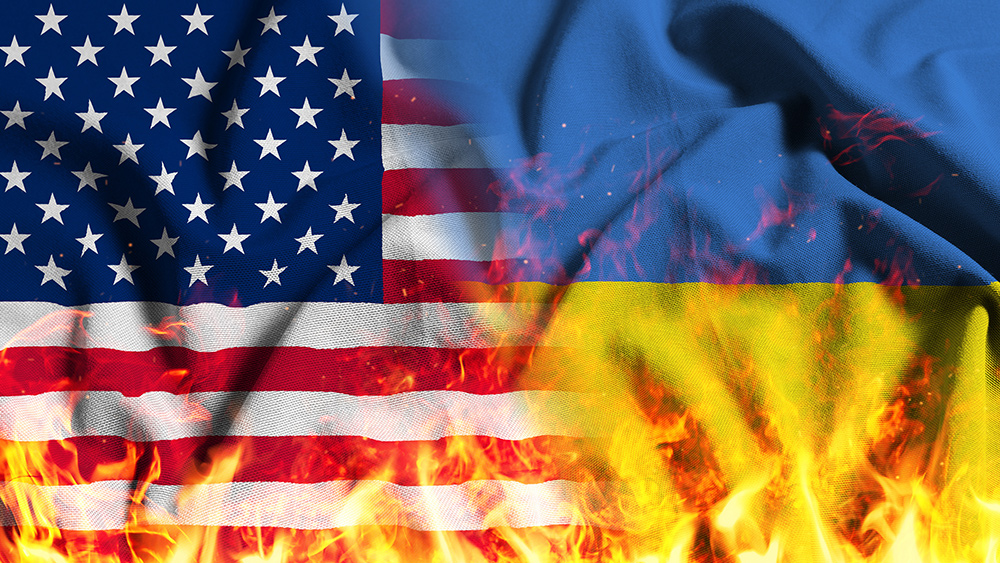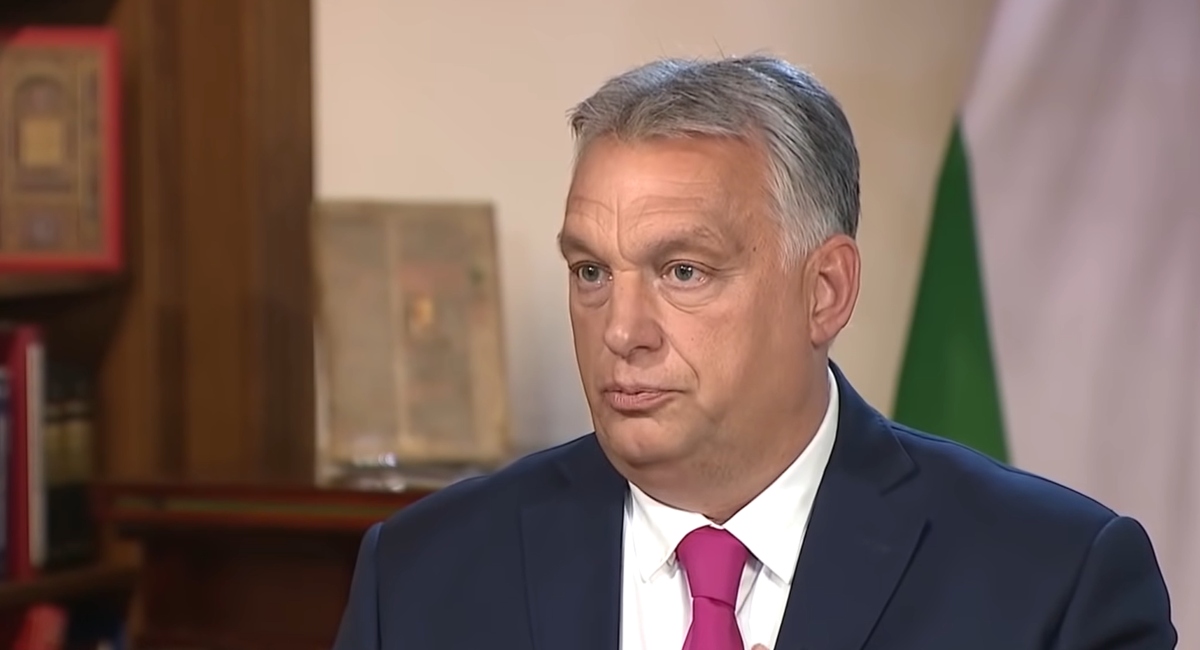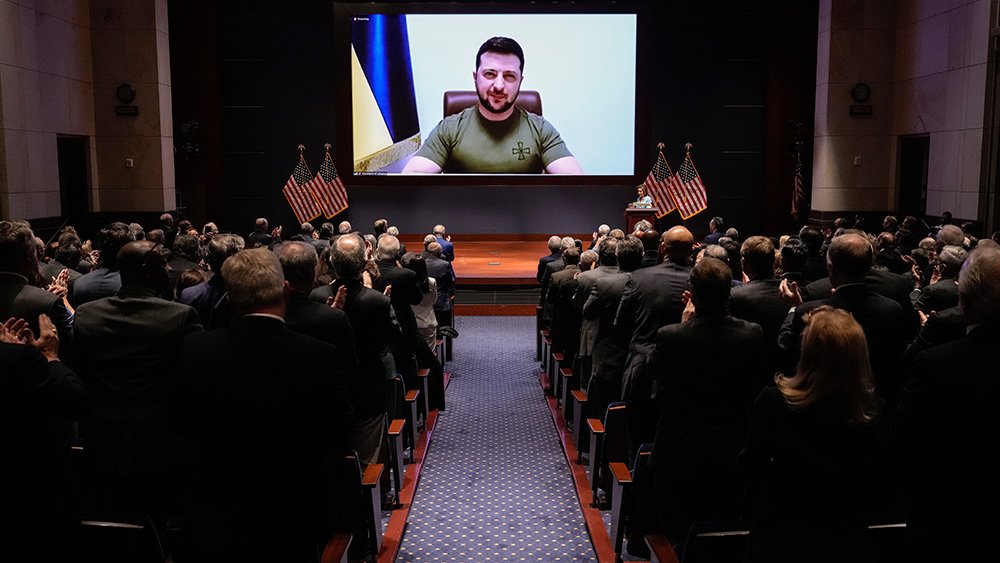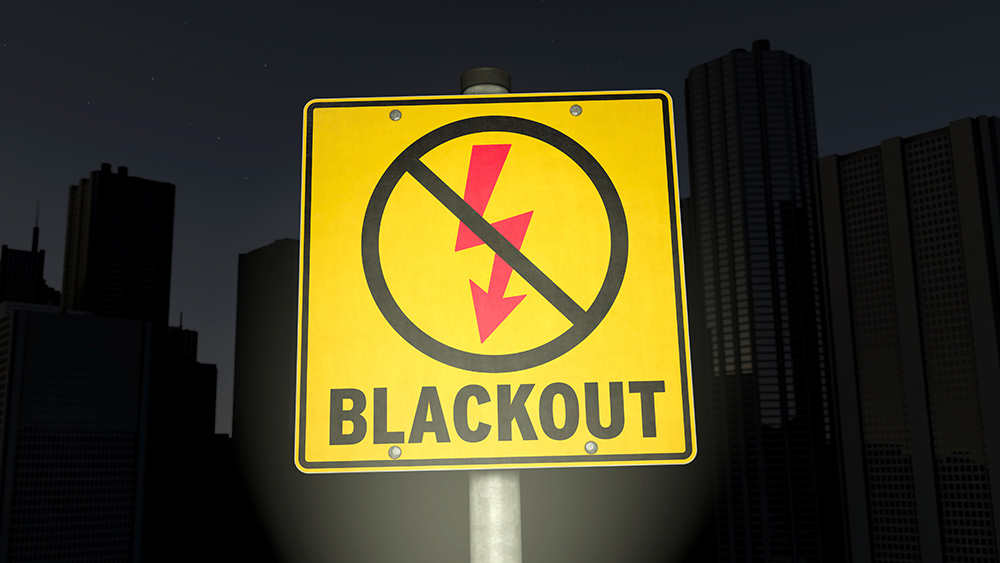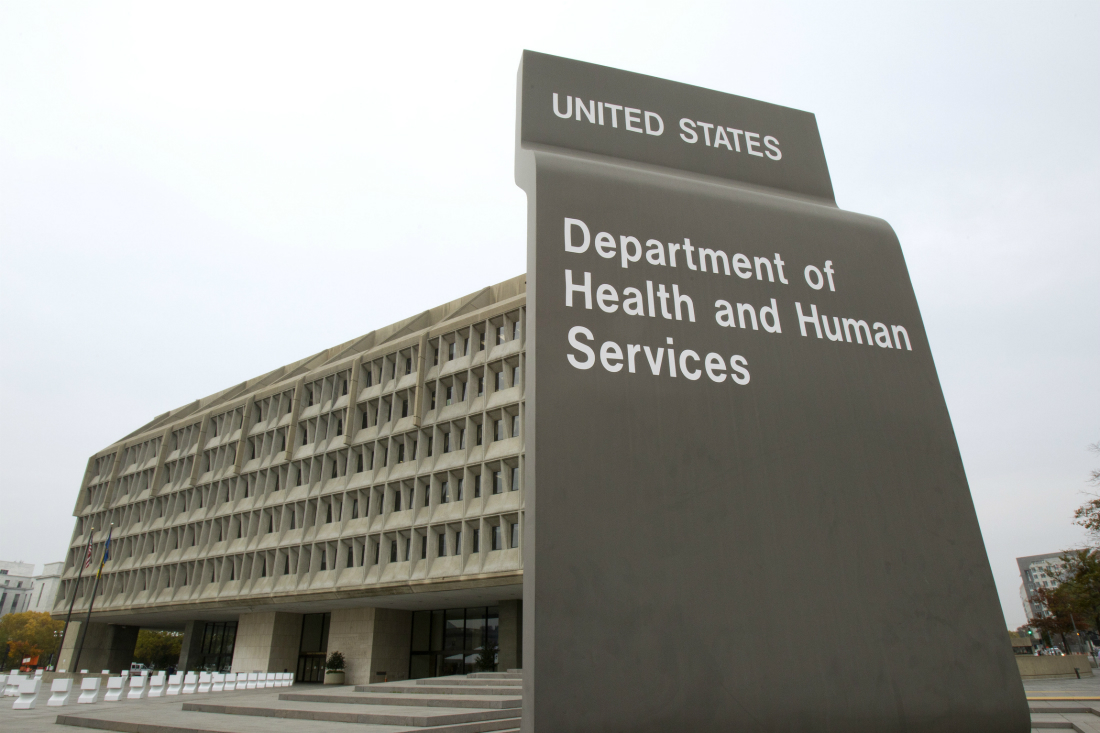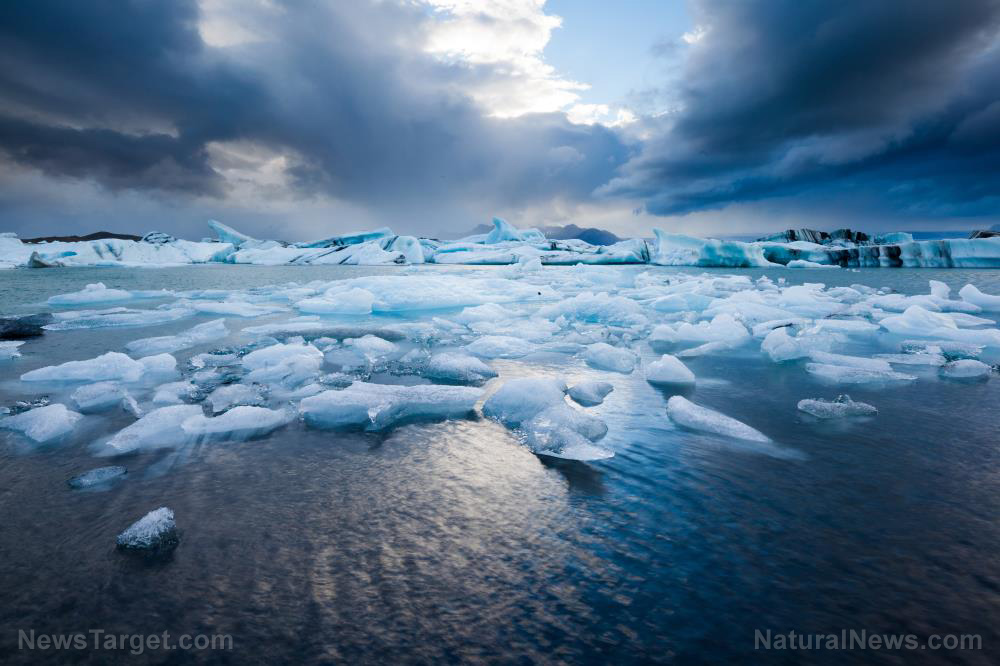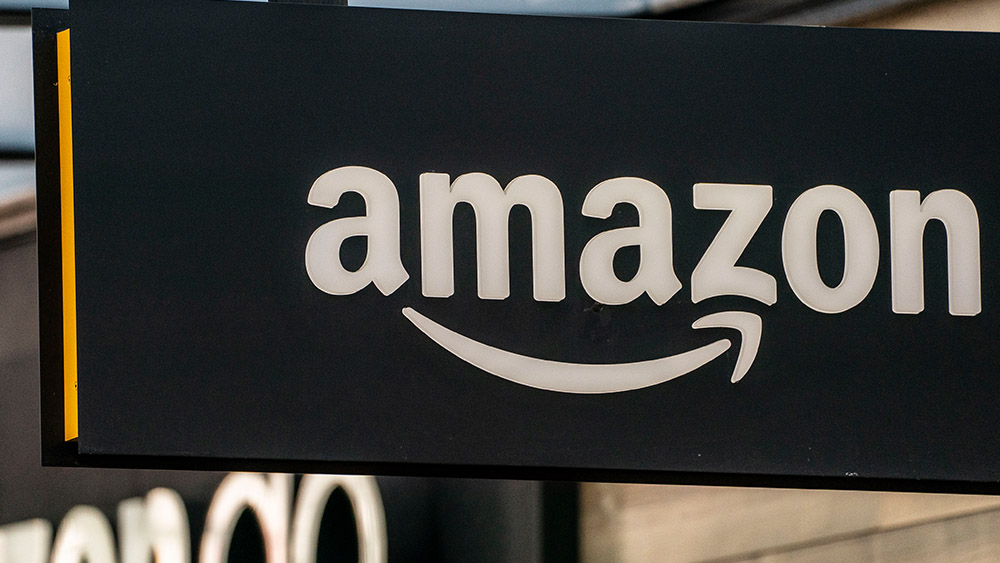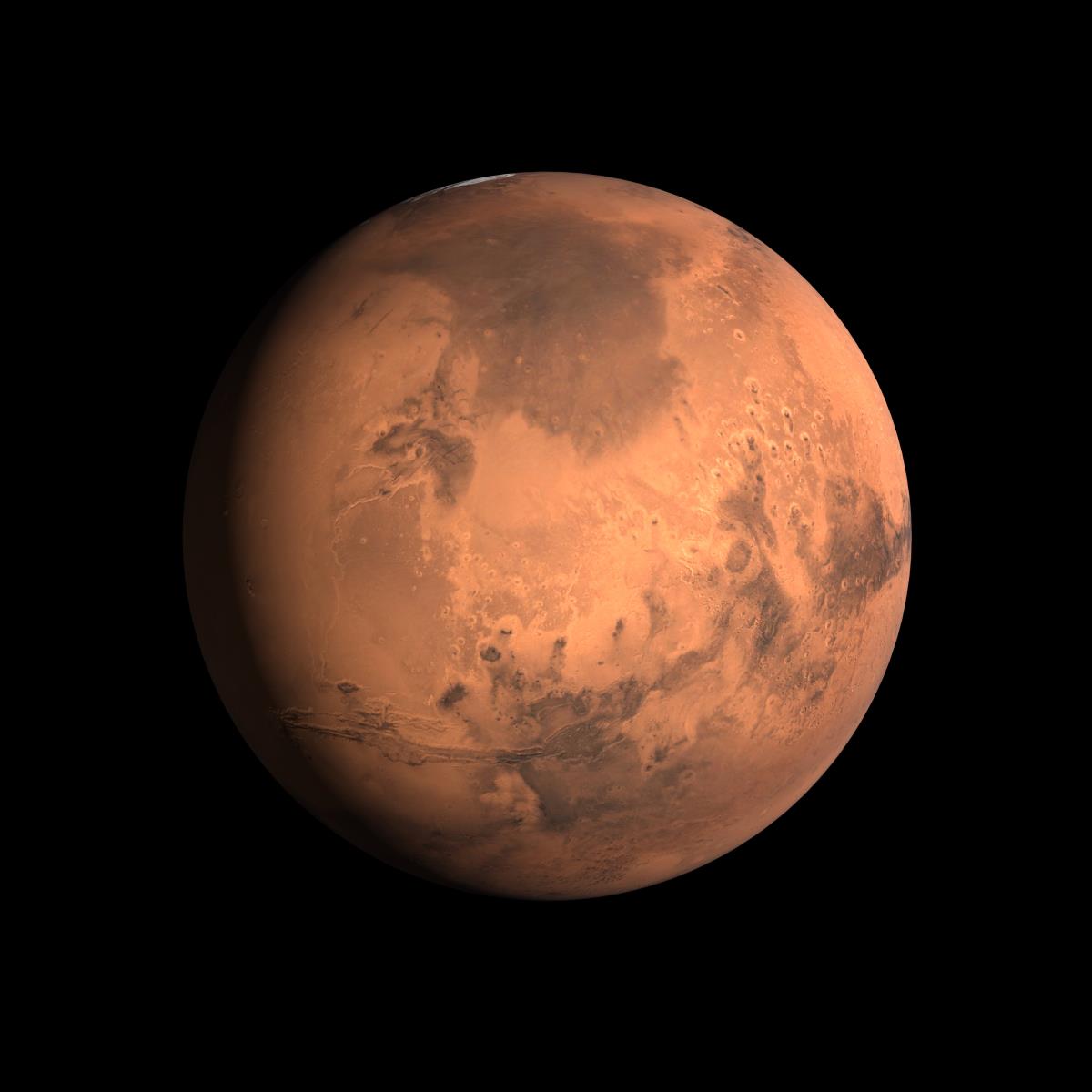Trump administration signals shift: Ukraine’s NATO aspirations unlikely, peace talks on the horizon
By willowt // 2025-02-14
Tweet
Share
Copy
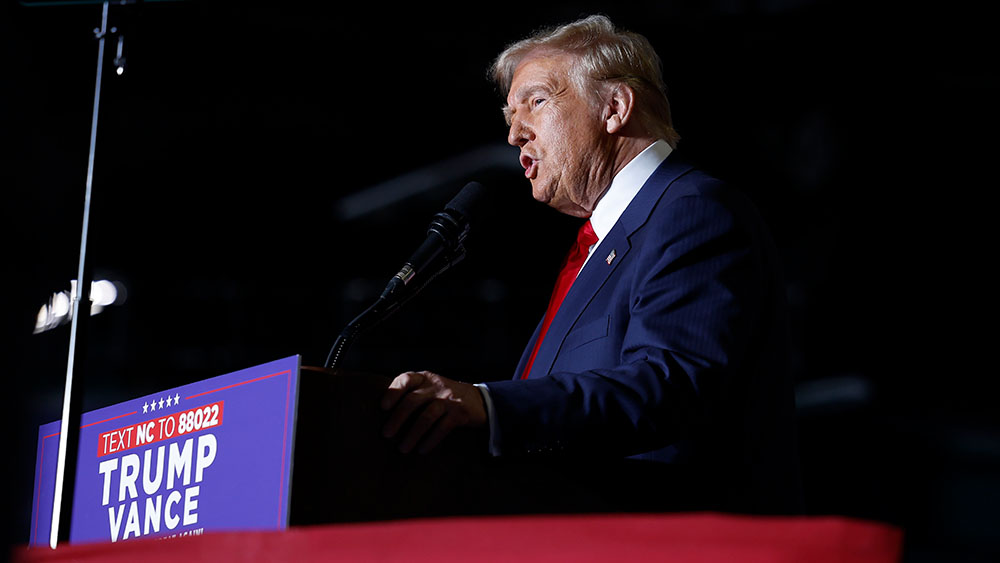
- President Donald Trump and Defense Secretary Pete Hegseth have declared that Ukraine will not join NATO, citing Russia's opposition and the impracticality of NATO expansion in the current geopolitical context.
- The Trump administration is pushing for a negotiated settlement, potentially supported by international troops but without direct U.S. military involvement, and calls for European allies to take the lead in securing Ukraine's future.
- The U.S. is emphasizing a more balanced approach to European security, encouraging European nations to step up their role in securing their own borders and supporting Ukraine, rather than relying on direct U.S. involvement.
- While Ukrainian President Volodymyr Zelensky maintains that NATO membership is crucial for Ukraine's security, many NATO allies have privately expressed reservations about Ukraine joining the alliance, given the potential for further conflict with Russia.
- Trump and Russian President Vladimir Putin have agreed to begin negotiations aimed at ending the Ukraine conflict, with a potential summit on the horizon, focusing on a negotiated settlement that addresses the root causes of the conflict.
NATO membership off the table
Speaking ahead of a meeting of the Ukraine Defense Contact Group in Brussels, Secretary Hegseth emphasized that NATO membership for Ukraine is "not a realistic outcome" of any negotiated settlement. "It’s just a cheap political point to say, oh, we’ve left all the negotiating cards off the table by recognizing some realities that exist on the ground," he stated, adding that the U.S. will no longer prioritize European and Ukrainian security as it shifts its focus to securing its own borders and deterring conflict with China. President Trump echoed Hegseth’s sentiments, saying, "I don’t see any way that a country in Russia’s position could allow Ukraine to join NATO. I don’t see that happening." Trump blamed the conflict on his predecessor, Joe Biden, for supporting Ukraine’s NATO ambitions, which Moscow has consistently opposed. "Russia’s stance on NATO has long been written in stone," Trump noted, underscoring the historical context that has fueled tensions in the region.Realism and negotiations
Hegseth also stressed the need for Ukraine to prepare for a negotiated peace, potentially supported by international troops, but without the involvement of U.S. forces. "The United States does not believe that NATO membership for Ukraine is a realistic outcome of a negotiated settlement," he said. "To be clear, as part of any security guarantee, there will not be U.S. troops deployed to Ukraine." This realistic approach has been met with mixed reactions. Ukrainian President Volodymyr Zelensky, while acknowledging the complexities, has continued to insist that NATO membership is crucial for Ukraine's security. However, many NATO allies, including the U.K. and Germany, have privately expressed reservations about Ukraine joining the alliance, given the geopolitical realities and the potential for further conflict with Russia.Shifting focus to European leadership
The Trump administration’s stance also highlights a broader strategic shift, with the U.S. calling on European allies to take more responsibility for their own security. Hegseth emphasized that European troops should be the primary force securing a post-war Ukraine. "We hear your concerns on stepping up for Ukraine, and we hear your concerns on stepping up for European security," said U.K. Defense Secretary John Healey, signaling the U.K.'s readiness to take a more prominent role. NATO Secretary General Mark Rutte echoed this sentiment, saying, "We agree that we must equalize security assistance to Ukraine. But to really change the trajectory of the conflict, we need to do even more." Rutte’s comments reflect a growing consensus among NATO members that the U.S. stepping back does not mean abandoning the alliance but rather encouraging a more balanced and sustainable approach to European defense.Historical context: The roots of the conflict
The current situation in Ukraine is deeply rooted in the broader geopolitical dynamics of the post-Cold War era. NATO's eastward expansion, which has steadily moved the alliance closer to Russia’s borders, has been a major source of tension. Russia has long seen NATO's presence in neighboring countries as a direct threat to its national security, a sentiment that has only intensified with Ukraine’s push for membership. The annexation of Crimea in 2014 and the subsequent conflict in eastern Ukraine are direct consequences of this tension. Moscow has consistently argued that Ukraine must adopt a neutral status as part of any future peace agreement, a position that has gained traction with the Trump administration’s recent statements.The path forward
President Trump and Putin agreed to begin immediate negotiations aimed at ending the conflict, with a potential summit on the horizon. While the specifics of any peace deal remain uncertain, Trump’s administration is clear that a return to pre-2014 borders is not feasible. Instead, the focus will be on a negotiated settlement that addresses the root causes of the conflict, with a strong emphasis on European leadership and security guarantees. The international community, including key NATO allies, will closely watch these developments, as the outcome of these negotiations could have far-reaching implications for the stability and security of the entire European continent. This shift in U.S. policy, while controversial, reflects a pragmatic approach to ending a conflict that has caused immense suffering and geopolitical instability. As the world watches, the question remains: Can President Trump’s peace through strength strategy bring a lasting resolution to the Ukraine conflict? Sources include: RT.com CNN.com Reuters.com Defense.govTweet
Share
Copy
Tagged Under:
Russia NATO Ukraine national security Trump Putin big government chaos WWIII progress Zelensky
You Might Also Like
I Want My Bailout Money – new song and music video released by Mike Adams
By Mike Adams // Share
Israeli outrage as Hamas misidentifies hostage remains, jeopardizing fragile truce
By Cassie B. // Share
Recent News
Earth-like soil patterns on Mars reveal clues to the planet’s climate history
By willowt // Share
Virologist who endorsed HCQ for COVID-19 appointed to top pandemic post at HHS
By ramontomeydw // Share

